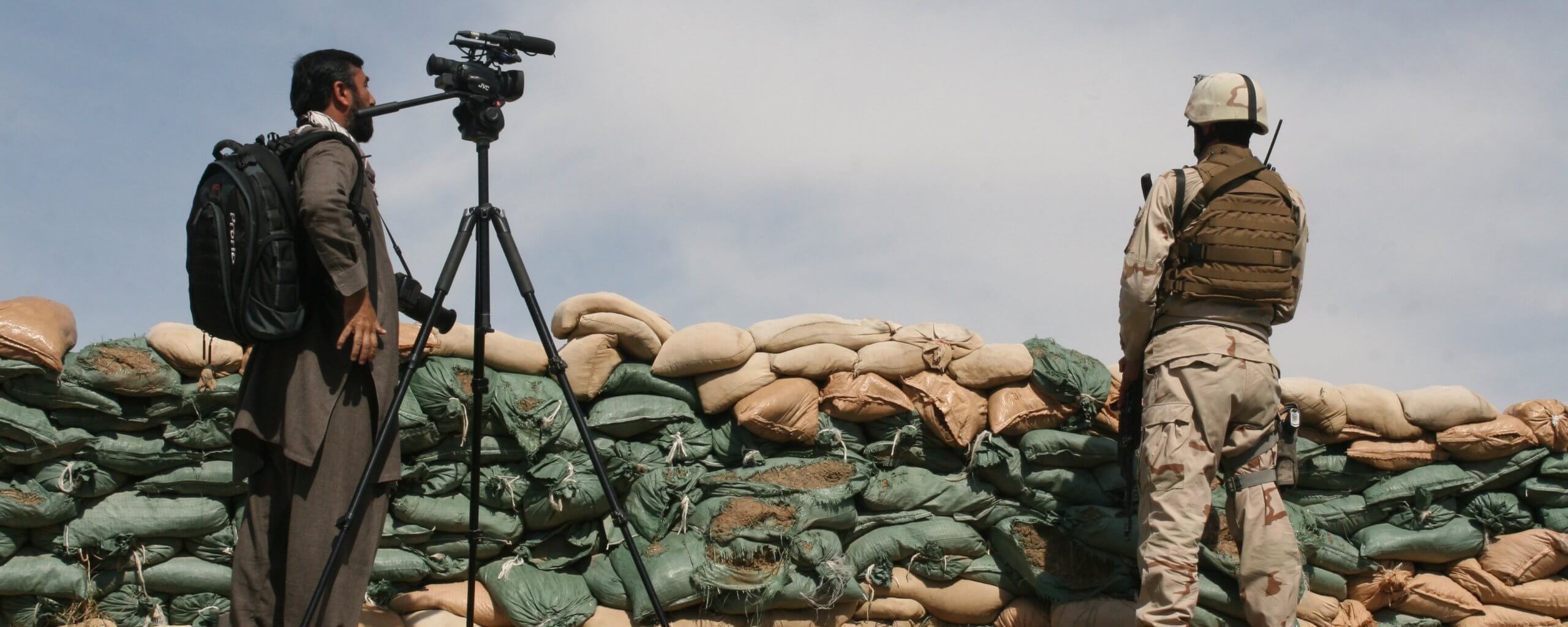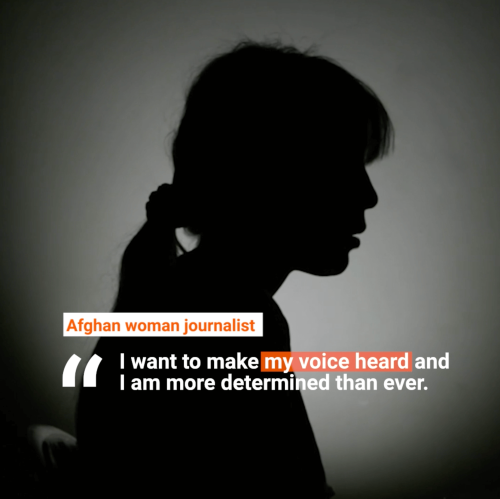For women journalists in Afghanistan, showing up for work is an act of resistance
We want to honour the women journalists around the world who resist oppression and continue to work despite all the risks they encounter.
In this video, women journalists from four different regions in Afghanistan describe the conditions they live in and their dreams for the future. Due to the prevailing conditions in Afghanistan, we have had to change the names, faces and voices of the women in this story.
As one woman journalist puts it: “Even now, working without making my identity or face known, I aim to make my voice heard louder and I am more determined than ever.”





